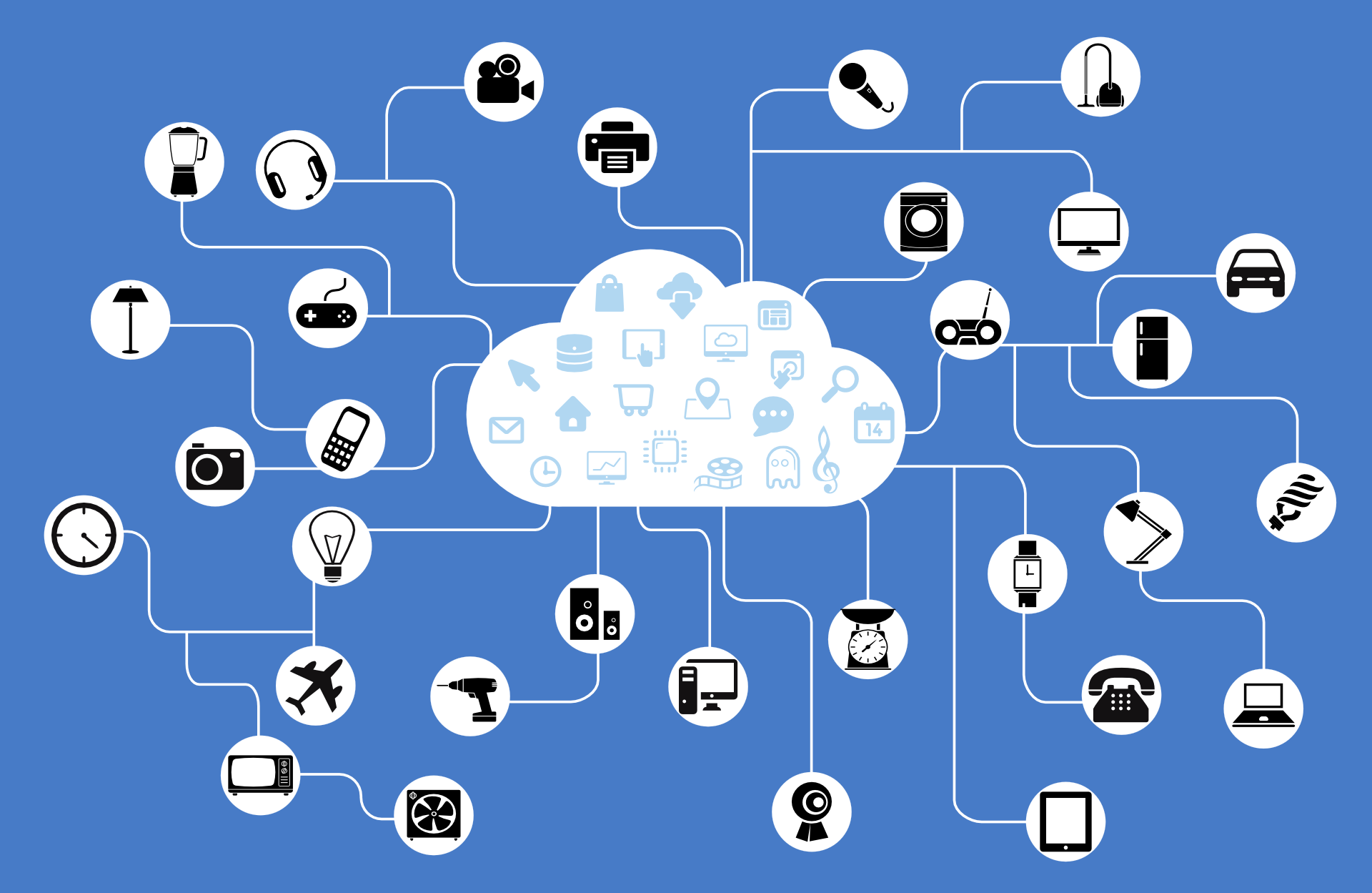We live in a world where technology allows us to receive instant and up-to-date business information from a variety of apps, tools, programs, SaaS, and other cloud-based services. Business leaders use this information to make decisions about the financial stability and growth of their organization. It only makes sense to have the same information about your building’s mechanical and electrical systems. Access to that level of information allows building operators to make informed decisions that impact their organization’s bottom line. These tasks are made considerably easier with a building management system (BMS) configured with energy management system (EMS) technology. The initial cost of the BMS used to prevent small to medium-sized business (SMBs) from taking advantage of this technology. As controls and sensors continue to decrease in cost, however, more cost-effective solutions are becoming available. Furthermore, with the imminent ubiquity of the Internet of Things (IoT), BMS systems will be more available, accessible, and affordable than ever before. This article will examine how building management systems can help simplify and automate building operations and discuss how the IoT integrated with BMS technology is on the path to becoming the next big thing.
What is a Building Management System?
A building management system (BMS), also known as a building automation system (BAS), is a computer-based tool designed to monitor and control building mechanical and electrical equipment and network them into a cohesive system. Building management systems optimize equipment performance to minimize their energy consumption. It also provides to the users a visualization of large and complex networks with modifiable data for strategic decision making.
How BMS Simplify and Automate Operations
Building management systems can be accessed remotely or locally. They manage facility equipment—lighting, HVAC, fire, power, and security systems—based on programmable user input. A BMS with an energy management system (EMS) configuration helps capture and analyze real-time equipment data, which helps building operators develop strategies that drive energy costs down. Let’s take a look at some examples of how a BMS can simply and automate operations across multiple building functions.
On energy operations, MassSave reports:
“Energy management systems are very versatile. They are capable of maintaining different schedules for different pieces of equipment with unique schedules for each day of the week. Systems can be programmed to reflect occupancy levels, shift schedules, type of work performed, and other variables that affect the need for heating and cooling.”
On building security, SecurityMagazine reports:
“If the fire alarm system detects a fire, the building automation system signals the HVAC system to stop delivering fresh air to the area and pressurizes the path of egress, clearing it of smoke. The access control system unlocks doors along the route, activates lights to show the exit path and train surveillance cameras on the fire to provide first responders a live feed.”
Think of a BMS as an advanced, integrated controls system for the entire facility. Consider how motion sensors can automatically turn off lights in a room based on occupancy levels. Consider how temperature sensors can be set to automatically turn off/on heating or cooling cycles based on user set points. Consider also how CO2 sensors can be used to optimize the outdoor air intake. A BMS performs simple and advanced functions throughout the facility by providing feedback to building operators through a set of data that are used for monitoring and reporting purposes.
BMS information is often used by building operators to pinpoint system deficiency areas or equipment malfunctioning in a timely fashion, significantly reducing the troubleshooting time and the overall maintenance costs.
BMS for Small to Medium-Sized Businesses
With the growing need to scale operations and improve productivity, small to medium-sized businesses (SMBs) seek low-cost or products or alternatives with similar capabilities. The cost to install a BMS per square foot has gone down in recent years, and BMS technology is more reliable with significantly reduced life cycle costs. Today, many companies offer affordable BMS solutions based on a company’s financial needs and capabilities. Furthermore, many utility companies offer incentives on BMS implementation, making the technology more accessible than ever before.
The Internet of Things & The Future of Energy Management
For companies that are looking towards the future of their BMS, complete integration with the Internet of Things (IoT) will be a game changer.
According to a research report from the Deloitte Center for Financial Services, the IoT “implies physical objects being able to utilize the Internet backbone to communicate data about their condition, position, or other attributes.” In short, by adding Internet networking and reporting capabilities to lighting, heating, and cooling systems throughout the building, it is possible to capture similar building and energy information from individual equipment. What makes this an attractive solution to a traditional BMS is the rapidly decreasing costs of components, such as controls, sensors, and processors. It is expected that by 2020, “component costs will have come down to the point that connectivity will become a standard feature, even for processors costing less than $1.”
By 2020, Deloitte expects exponential growth in the deployment of IoT sensors.
Source: Deloitte Center for Financial Services
BMS systems integrated with the IoT will generate advanced data and knowledge through a connected network of equipment and building systems. This means current BMS technology will be expandable through the IoT, making it more cost-effective and at the reach of every building user.
Final Thoughts
Building management systems have been helping building operators make more informed decisions that impact their organization’s bottom line. As their components continue to increase in quality and decrease in cost, and as the Internet of Things continues to integrate into new and existing technologies, building management systems will become more available, accessible, and affordable than ever before, empowering both large and small to medium-sized businesses to scale operations and improve productivity.





